Craig Kief, ASC, shares his experiences shooting his first major project with an LED volume and virtual production along with veteran director Kirk Thatcher on the spooky Disney Plus special, .
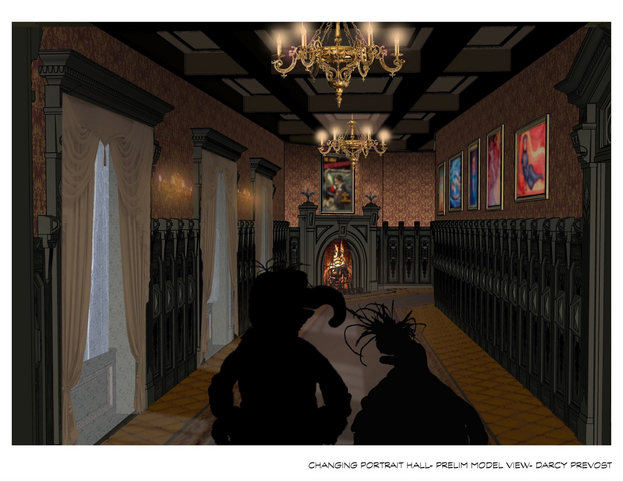
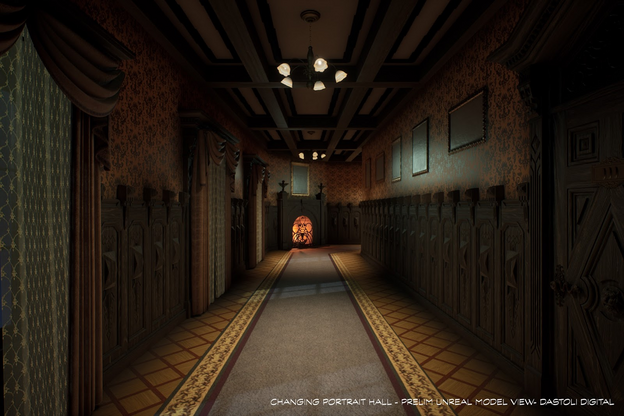
Introduction
Muppets Haunted Mansion is an amalgam of two beloved properties: the Muppets from The Muppet Show and Sesame Street and the Haunted Mansion, the famous haunted house theme park ride from Disneyland and Disneyworld. In this 45-minute special created for Disney Plus, Kermit the Frog (Matt Vogel), Miss Piggy (Eric Jacobsen), Pepe the Prawn (Bill Barretta), Gonzo (Dave Goelz), and the rest of the gang find themselves in a real-world haunted mansion chock full of cameos and easter eggs for fans of both works.
Craig Kief, ASC, shot the project during the pandemic in February 2021 for an October 2021 streaming release. Kief has plenty of experience in the Muppets’ world, with credits including every episode of The Muppets and Muppets Now series. His directing collaborator on many of these projects was Kirk Thatcher, who also wrote and directed Muppets Haunted Mansion.
As Kief recalls, the project was initially conceived as a live-action shoot on existing sets, but Covid-19 altered the plan. “It was originally scheduled to go into prep around the end of February 2020, but everything started shutting down, and the project fell apart,” Kief says. “Virtual production started really taking off over the following summer, and the production company decided to invest in a modest LED wall on their soundstage. We all realized we could save a bunch of money and do this in a more streamlined, efficient, and safe way via virtual production.”
“The plan was proposed to me as a scaled-down, modestly budgeted Mandalorian workflow,” adds Thatcher. “Building all the sets in Unreal Engine and shooting in a volume sounded amazing because it’s good at doing walls and realistic textures. One of the reasons I started working with [Muppets creator] Jim Henson was we were both technophiles, and I designed the Waldo, a CG puppet that could be operated by physical controls. Jim loved technology and always pushed the envelope.”
SoapBox Films, the production company, hired ARwall to integrate and operate the LED volume. The volume built in Los Angeles included a primary 20’x16’ wall using Ledman COB M 1.5 mm pixel pitch LED panels. The volume also included two 15’x10’ sidewalls, a 20’x15’ ceiling, and two 20”x40” mobile walls with Absen JP 4.68 mm panels for additional lighting and reflections.
To capture the action in the LED volume, Kief deployed an Alexa LF camera with Panavision optics. “We used the Panavision Sphero 65 series,” reveals Keith. “I had Special Optics modify two Panaspeeds (29mm and 35mm) to match the look of the Spheros so that I could get to a T1.4 for a shallower depth of field than the native 2.8mm or those Spheros. The other Spheros were 24, 40, 50, 75, 100, 135, 180mm.”
Bricks in the Wall
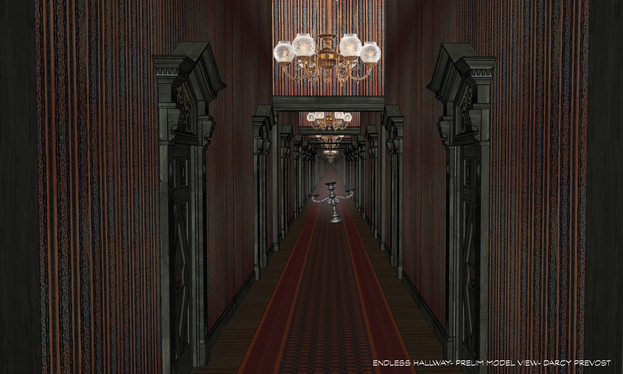
Owing to the cutting-edge complexity of LED volume workflows, the production encountered technical challenges along the way. “One of our early issues was visible scanlines and trying to genlock everything to eliminate them,” says Kief. “We also ran into camera tracking issues with the HTC Vive trackers we had to work with. I learned so much through this experience. One of the key takeaways was these setups are incredibly complex integrations from different providers, and everything has to work together at a high-performance level, or you’re dead in the water.”
Kief ringed the set ceiling with KinoFlo FreeStyle 21 LED lights, controlled via DMX to synchronize with the onscreen content. “There’s a bit of a misconception that the volume does all the lighting for you,” observes Kief. “But if you increase the brightness of the screens so much to light the subject, you end up contaminating other parts of the volume. Also, the color rendition is not nearly as full-spectrum as current LED cinema lights.”
“I have a deep history in lighting and even worked as a consultant for ETC when they designed a new line of fixtures, so I know a lot about color rendition,” Kief continues. “The color quality of the emitters used in current LED panels is very narrowband, like the first generation of LED movie lights from a dozen years ago. Ideally, you should use a spectrometer like the Sekonic C-800 to measure the XY color output of your panels, then feed that value through a lighting console to your cinema lighting so everything matches.”
Production designer Darcy Prevost recreated the iconic architecture of the Haunted Mansion in Google Sketchup using a variety of reference material provided by Disney. “There weren’t any existing CAD drawings, but there’s a huge online fan base, which has extensively documented every room,” says Prevost. “Disney also had a Matterport photogrammetry scan of the ride at Disneyland. So, I could look around each area and see curves, textures and understand the layout. At the time, the park itself was shut down, so we weren’t able to visit for ourselves.”
“I’d model everything as close to within an inch of its life as possible and then export as an OBJ 3D file,” Prevost continues. “ARwall had two modeling teams transforming the OBJ models into Unreal Engine levels: Mark Allen at Allucinari and the Dastoli brothers at Dastoli DigitaI. We had lots of review meetings, where Craig could ask for things like practical lights, and the set decorator and I could choose a specific sconce in digital form to add. If you’re doing a virtual production project, you really can’t cut your prep short.”
Visual effects and post-production supervisor Brooke Stone led Muppets Haunted Mansion across the finish line. “A lot of our work was fixing little 2D glitches and puppeteering rod removals,” notes Stone. “We also shot the ghost characters on a green screen background on the LED wall and then added visual effects over them and finally incorporated them into shots taken in front of Unreal environments. It’s really impressive how everything worked with the LED wall, as opposed to a completely green screen environment because it takes so much longer for the final shots to come together in post.”
Thatcher continued to shepherd the project through editorial and final color grading, mostly virtually with an occasional visit to a live facility. “As a director, the LED volume experience was very freeing, once I got my head around not moving the camera but moving the screen content,” notes Thatcher. “The challenge with Muppets is always the perspective. I like the 29mm lens because it makes them seem more like they’re human scale when they’re just 12 inches tall.”
“The challenge with Muppets is always the perspective. I like the 29mm lens because it makes them seem more like they’re human scale when they’re just 12 inches tall.”
Director, Kirk Thatcher
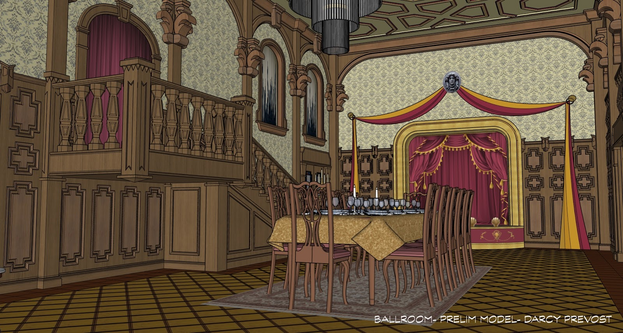
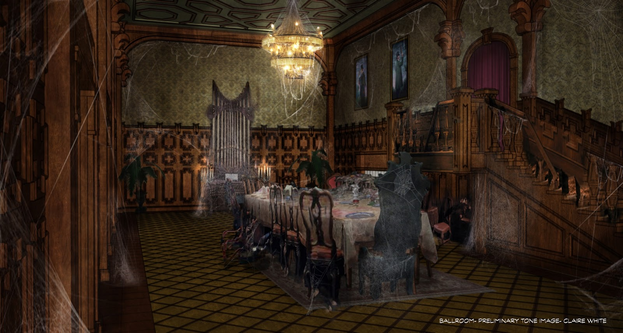
“The LED wall is great on shots like running down a hallway, which are so hard to do on real sets with Muppets, because you need to build expensive removable floors, but easy on an LED wall because you can move the 3D set,” he adds. “I’m super happy with the final movie– it looks like you’re really in the Haunted Mansion, but the mansion ghosts are Muppets. I’ve already written two more project pitches for Muppets in a volume with Unreal Engine.”
Taking stock of the experience, Kief sees the bleeding-edge state of LED volume virtual production as a critical evolutionary phase for cinematography. “I don’t think anybody who’s had a successful volume project will ever want to go back to shooting regular green screen or blue screen,” he says. “It reminds me of the early days of compositing and chromakeying. It took a lot of R&D and troubleshooting to figure everything out back then. Now it’s something everyone does. The LED volume is so much nicer, and the photography is inherently more integrated with the visual effects. It’s just fantastic, and it’s only going to get better.”
This story originally appeared in the November 2021 issue of American Cinematographer magazine.
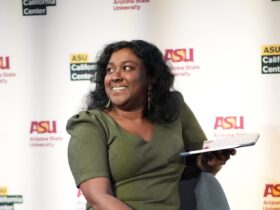
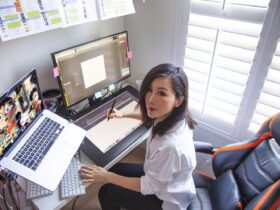
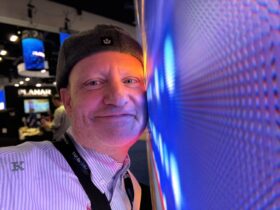
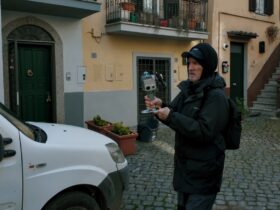
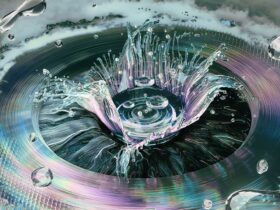
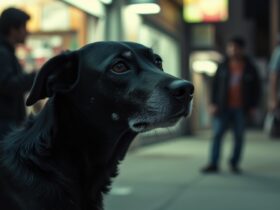
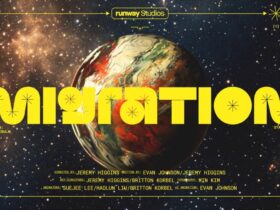
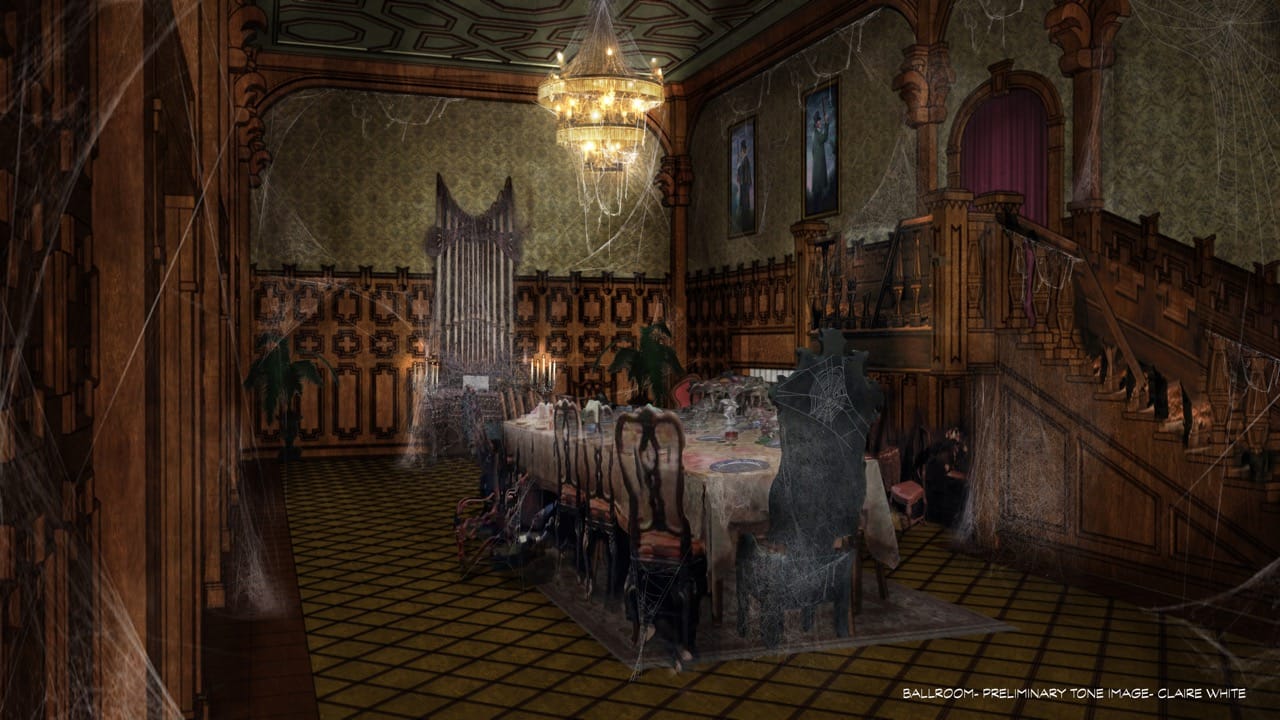
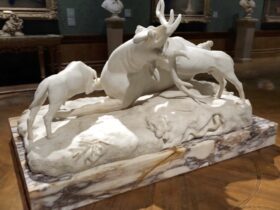
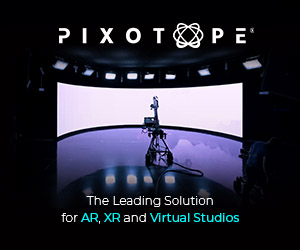
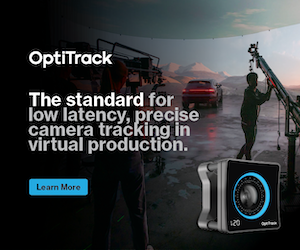
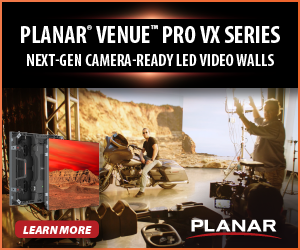
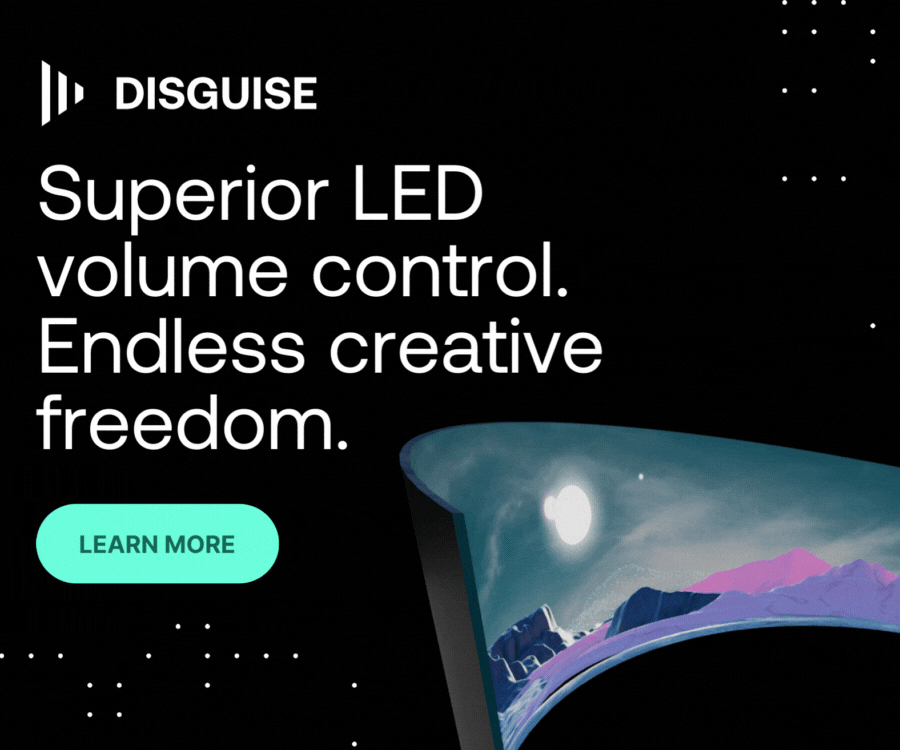

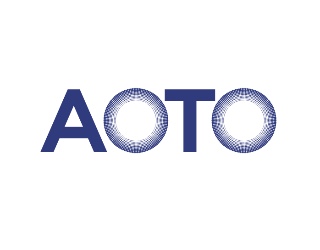

Leave a Reply